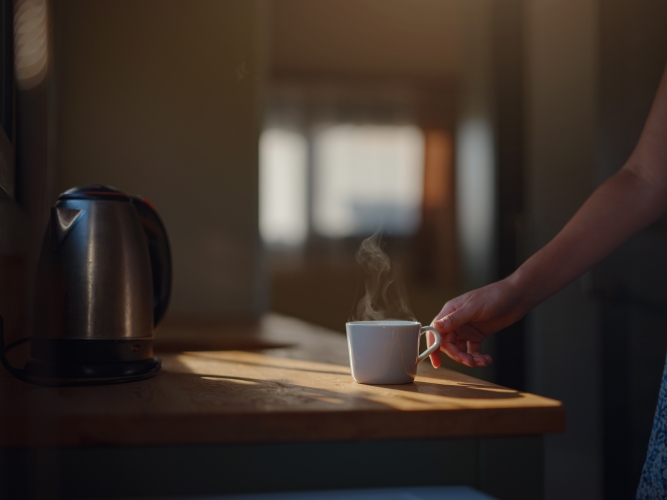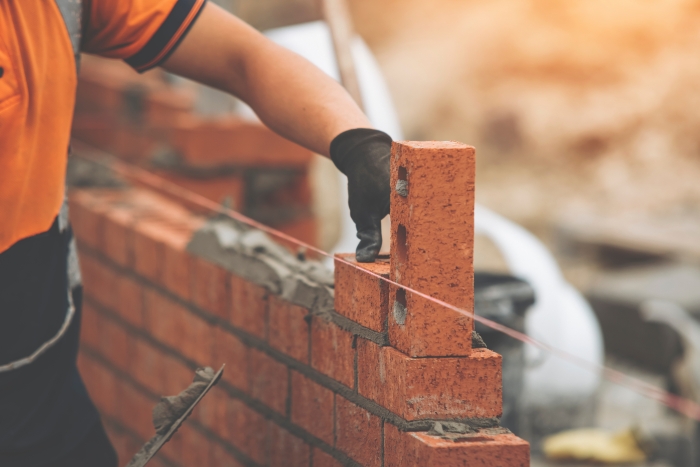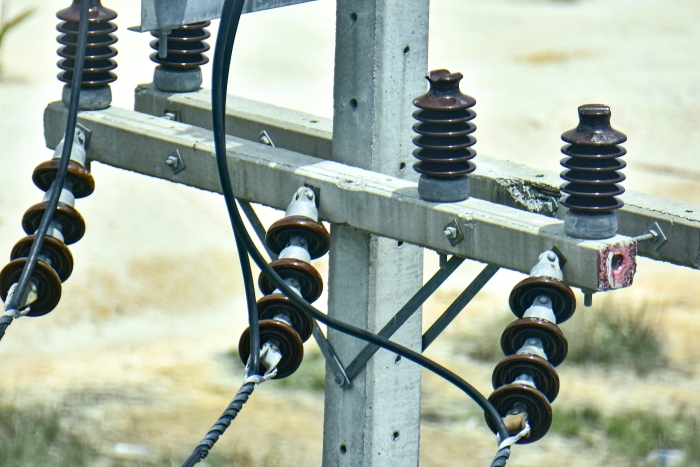You might not realise it, but you will come across ceramics in your life all the time!
Your dinner plate is probably made of a ceramic material. Who doesn't like a cup of tea! Cups are often made of ceramics too.
.jpg)

But why are ceramic materials so useful? What is it about their properties that makes them perfect for so many everyday items? Let's find out!
Ceramics are a type of material that are not made of biological or metallic materials. They are inorganic as well as being non-metallic. Ceramics are usually compounds, which means they are made of two or more substances held together through the bonds between the atoms. This chemical bond in ceramics is very strong and consequently, it takes a huge amount of heat energy to melt a ceramic.
Ceramics often start off as malleable materials. That means they are soft and can be shaped in any way you like. The most common example is clay. You start off with this mud-like material that can be pulled apart and moulded into lots of interesting shapes. The clay is then 'fired' in a kiln that reaches temperatures of over 100 degrees centigrade which causes it to harden.

But what is it about the properties of ceramics that make them so useful?
Ceramics have the following properties. They are...
Brittle - Can break and shatter
Hard - Difficult to scratch
Electrical insulators - Don't allow electricity to flow through them easily
Heat resistant - Deal with high temperatures without breaking
Some of that sounds good, right? Some of it, not so good. So where do we find ceramics being used? Can you think of situations where these properties would be helpful?
Kitchenware

Being very heat resistant, ceramics are great for being used in ovens, for hot drinks or for plates and dishes. They can also be glazed to give them a non-porus coating so liquids can't soak into them. Probably a good idea, don't you think!
Bricks

Bricks are made of ceramic material. They are hard and strong and don't scratch easily so are perfect for building with. They're also pretty cheap to make so are an economical material for building houses with.
Power Lines

You won't have been this close to this part of power lines because they're so high up, but because ceramics are stiff and electrical insulators, they are used as an insulator in power lines.
Jet Turbines

Have you ever been on an aeroplane and seen the huge engines? Ceramics are at work here too! They are used to coat the turbine blades of the engine because they're so heat resistant, so it helps to make sure that the engines don't overheat! You wouldn't what your holiday being cancelled due to an overheating jet turbine, would you?
This is just a few examples of how ceramics are doing their thing in a really diverse range of scenarios due to their amazing properties.
Now you're a ceramics superstar, let's have a go at some questions about ceramics!








